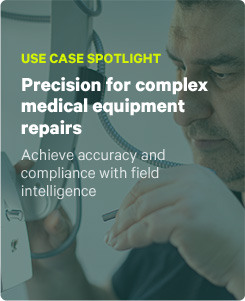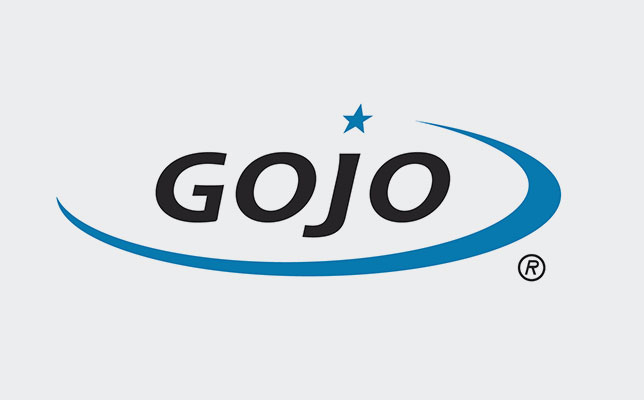Outcomes & Results
- Reduction in truck rolls
- Standardized service across global teams
- Improved data capture and sharing
- Data that fuels product engineering
GOJO creates well-being solutions for skin and the surfaces people touch – solutions that result in healthier people and a healthy environment.
Industry: Medical Equipment
Size: Enterprise
Location: Global
Use Cases:
- Safety & compliance
- Installation
- Engineer onboarding & training
- Service standardization
GOJO’s Story
GOJO’s, the inventors of PURELL® Hand Sanitizer, mission is to save lives through effective hygiene solutions that are safe for both people and the environment. Their innovative spirit can be traced from their company roots and manifests today in their dedication to a “how might we” mindset when tackling challenges.
That’s why when GOJO had to improve their service standardization, training, and regulation compliance for installations they knew they needed to innovate and think out of the box.
Adding TrueContext to Automate Out Complexity
GOJO started with a holistic workflow that improved their entire installation process, from training to pre-install site surveys and data collection. After evaluating platforms, they implemented TrueContext in combination with Salesforce.
Now when a new technician onboards for pre-install site surveys and installs, they can access GOJO’s workflows that have consistent terminology and processes across geographies. This has ensured consistent service, even in healthcare channels where there needs to be both standard processes in conjunction with the flexibility to follow the unique safety protocols of different hospitals.
One of the newer challenges that GOJO is solving for is the hybrid model of working. When around 41% of the workforce works remotely there is less need for large scale install projects. This has shifted some of their workforce to completing installs for smaller, more frequent jobs at locations like nursing homes, doctors’ offices, and schools. GOJO realized they needed to complete on-site surveys before each install project, but with the dispersed and smaller nature of these projects, it was harder to justify the costs of potentially flying out a technician to the customer site.
GOJO solved this by utilizing a customer feedback form at the start of their processes. Instead of sending a technician out to do a site survey to collect information about dispensers, they use the feedback form embedded with video content and guidance for the project managers on-site to complete before a technician is sent for the install.
Regardless of the project size, after technicians complete the installation service event in the field, all data is captured and moved to their systems. The information can be transparently shared with stakeholders and used by their supply chain to better understand throughput, which allows them to know what they need to make down to the dispenser level. This data can be further tied into Tableau where GOJO runs their reporting and analytics to drive improvements to installation processes and products.
Over five years of outstanding outcomes
The results for GOJO have reverberated across many levels of the organization. In their general processes, they were able to reduce technician onboarding from a multi-month process down to a week. They’ve been able to standardize their processes with consistent verbiage—no matter the location or experience level of technicians. GOJO also uses the data collected to better optimize not only their processes, but to fuel manufacturing and product design decisions.
In the past 6 months, with the shift to frequent, smaller projects, GOJO has upped their response rate to 100% in locations using a distributed site survey approach. The process is now implemented with all small projects of less than 250 dispensers and has helped them move away from “boots on the ground” to being able to provide the incredible service they are known for while still preserving costs. GOJO anticipates this will eliminate up to 2,500 truck rolls in 2023 with a quarter to half a million in savings over the next year. In the future they even plan to further automate the follow-up process.




